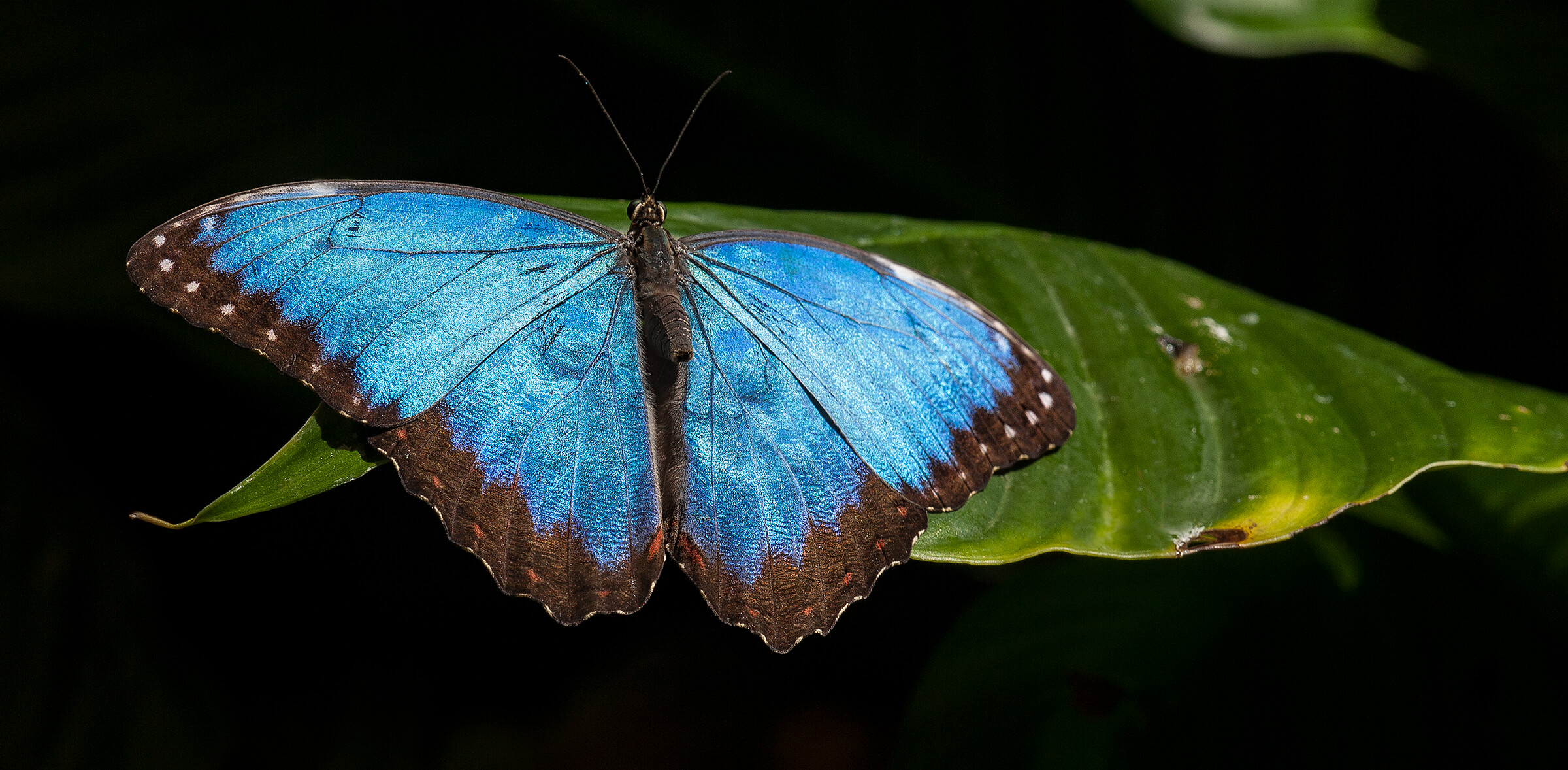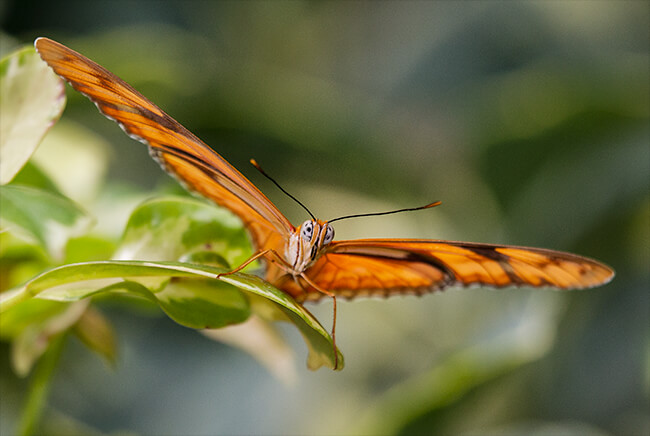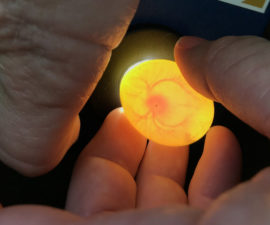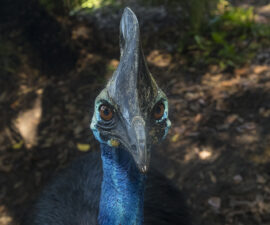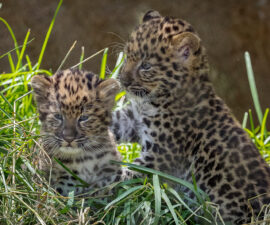Colorful, petal-thin wings, a breezy, floating style of flight, and a generally gentle nature—it’s no wonder people think of butterflies as “flying flowers.” They certainly are eye catching, yet as with so many things in nature, get past the flash and there is even more that fascinates.
BY Wendy Perkins
Photography by Ken Bohn
The Wing’s the Thing
Butterflies and moths make up one of the largest and most recognizable groups of insects, the Order Lepidoptera. Derived from the ancient Greek words for “scale” and “wing,” the name perfectly describes a key characteristic of moths and butterflies: the tiny, keratin-based scales that cover their wings. Over time, lepidopterists (people who study moths and butterflies) have identified more than 274,000 species—and there are many more to discover.
Wings can also provide a clue as to whether one is looking at a moth or butterfly. Generally, a resting butterfly holds its wings together vertically above its body, while a moth’s wings are splayed out to either side or pressed close to its body. Sometimes, people mark the difference based on whether or not the creature’s wings are colorful—generally assuming that colorful wings are those of a butterfly while moths wear more drab shades. But if you’re familiar with the old adage “You can’t judge a book by its cover,” you won’t be surprised to learn that there are some stunningly colorful moths, or that when a butterfly is resting with its wings up, you only see the dull, patterned camouflage under the wing.
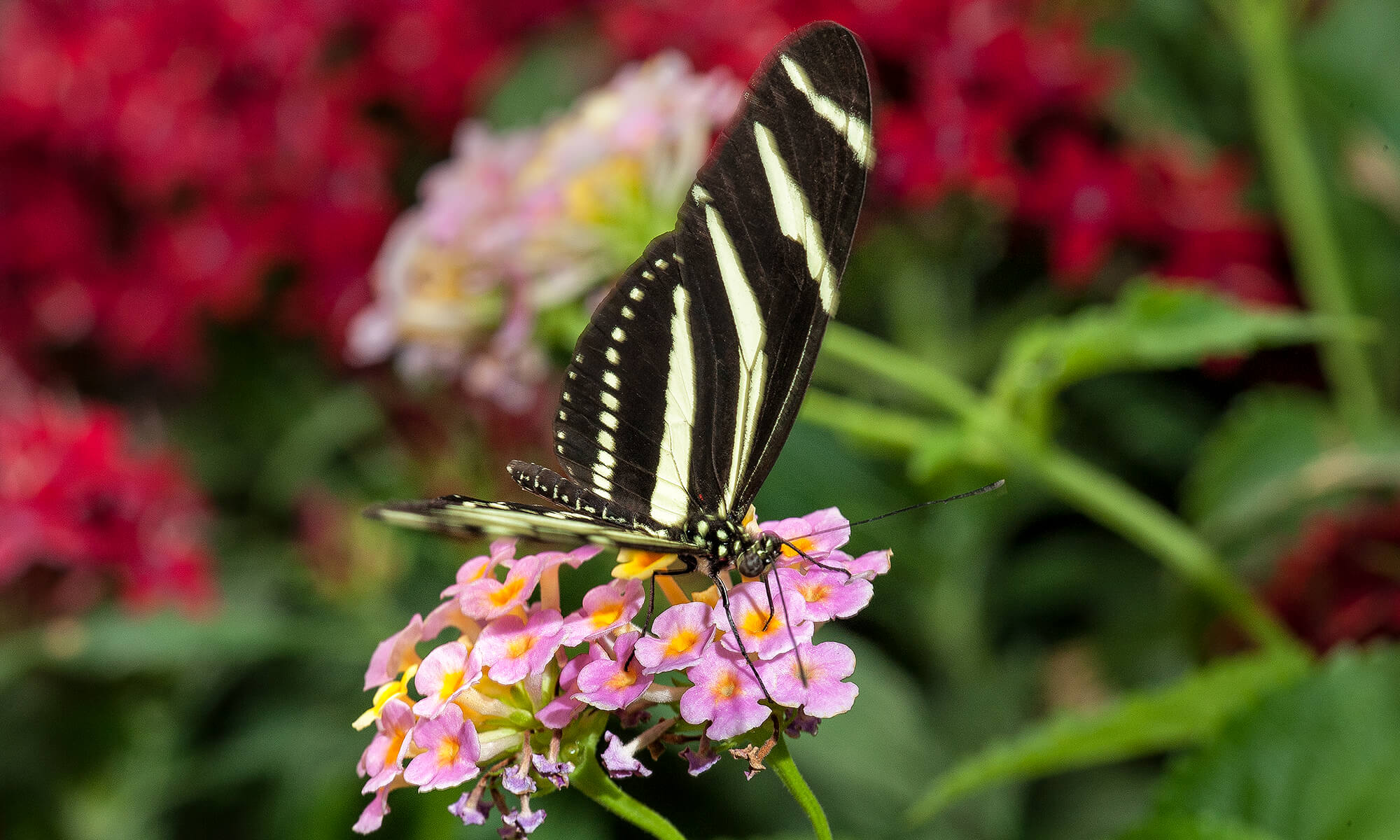
SNAZZY IN STRIPES
The striped patterns of the zebra longwing Heliconius charitonia can help it blend into dappled sunlight.
Variations on a Theme
Wing markings are important to the survival of Lepidoptera. The bright colors sported by some species are a way of communicating to would-be predators: “I’m toxic, don’t taste!” Some butterflies mimic this warning coloration even though they aren’t toxic. One of the interesting things about color and pattern on butterflies is the variation among members of the same species.
With a widespread distribution throughout Central and South America, the red postman Heliconius erato has about 29 different geographical forms. The basics are black wings with red and white markings. But the tint and size of the patterns vary depending on where the population is located. The designs speak volumes, and experts can use them to say just where a specimen came from.
The monarch butterfly Danaus plexippus is probably one of the most recognizable species and is famous for making a 3,000-mile migration to escape winter temperatures. Actually, an individual monarch doesn’t make the full migration; the butterfly that ends up in the warmer wintering locale is the fourth-generation descendent of one that left the summer feeding grounds. By studying each generation, an interesting occurrence has come to light. For reasons not yet understood, butterflies that arrive at the wintering grounds have darker-colored wings than their predecessors that stopped along the way.
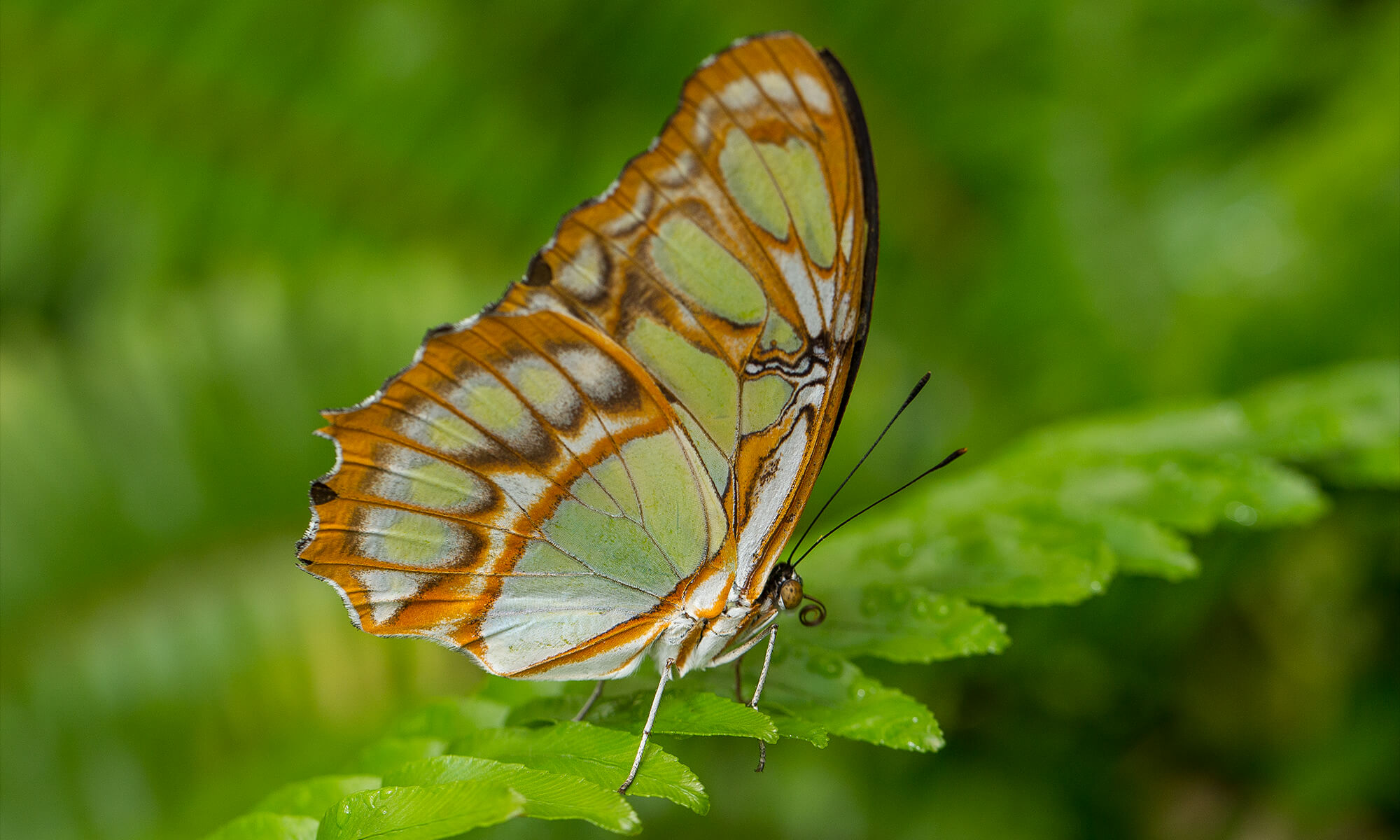
AMAZING FORM
A scarce bamboo page Pilaethria dido provides a glimpse of the rolled up proboscis used to eat nectar.
Mud, Sweat, and Tears
Mention butterflies, and many people automatically see an ephemeral creature perched on a blossom, quietly feeding. That’s a good place to start, but the next time it rains, be sure to watch for butterflies drinking from mud puddles. Males engage in this behavior, known as “puddling.” Plunging their proboscis (tongue) into the muck, the males are able to extract minerals that aren’t available from flowers. They’ll pass the salts on to females they mate with, which need them for egg production. Because they mate with more than one female, males return to damp or muddy soils over and over.

SURPRISE INSIDE
The stunning blue color of the blue morpho Morpho peleides is hidden when the butterfly folds its wings, giving it better camouflage when it rests among vegetation.
In places like a rain forest, where the soil may be inaccessible, butterflies and moths get vital minerals from other sources. Some make the most of the sweat of other animals, and a few have been seen “drinking” blood from open wounds. The Julia butterfly Dryas iulia doesn’t always wait for the right circumstance, however. This bright-orange marvel has been observed landing beside a caiman’s eye and dipping into crocodillian tears!
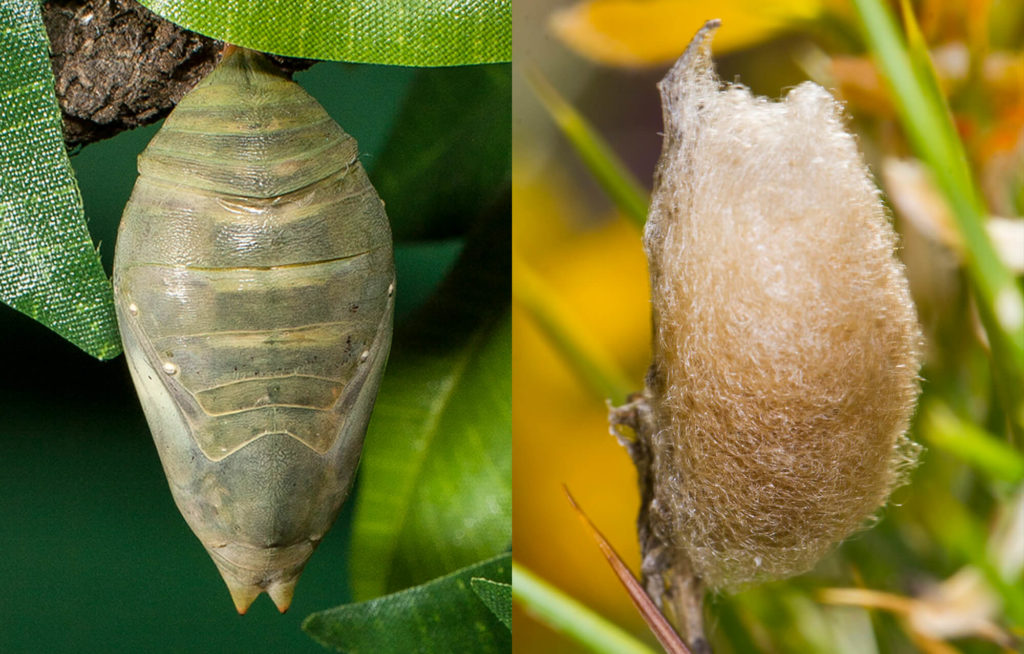
COCOON OR CHRYSALIS?
Both moths and butterflies undergo a transformation from wingless caterpillar to flying adult, but the structure this happens within differs slightly between the two.
Chrysalis (left): hard outer covering of a butterfly pupa.
Cocoon (right): layers of silk thread wrapped around a moth pupa. Only a moth spins a cocoon, but not all moths do. For example, the tomato hornworm in your garden drops to the ground, buries itself, and pupates in the soil without forming a cocoon.
Sip or Soak?
Since they have no chewing mouthparts in their adult phase, moths and butterflies survive—and thrive—on a liquid diet. Their proboscis has long been described as functioning like a straw, making it easy for the insect to suck nectar up from the depths of a flower. Recent studies have shown, however, that it works more like a piece of paper towel than a drinking straw. Simply put, butterflies and moths soak up their food rather than sip it. Wondering how a moth “absorbs” your wool sweater? It doesn’t; the moth larva eats the wool, which is why the non-feeding adults laid eggs there.
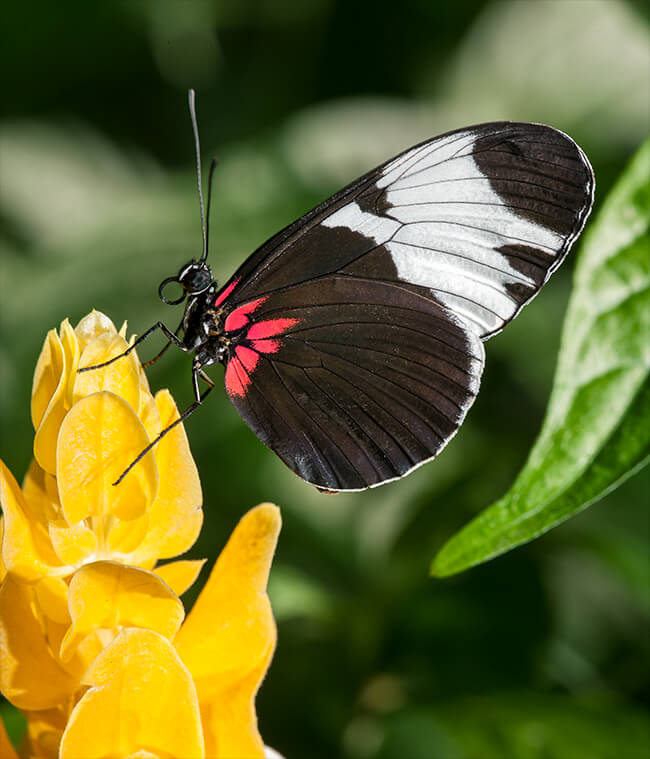
VARIATIONS ON A THEME
There are some 29 different color patterns of the red postman Heliconius erato—the tint and size of the patterns vary depending on where the population is located.
Most adult forms of moths and butterflies rely on nectar to fuel their flight as they search for mates. Zebra longwings Heliconius charitonia are also able to use pollen as a food source. They collect the powdery substance and break it down into a liquid in order to absorb important amino acids. This extra bit of nutrition is a bonus; rather than a two- to four-week period of egg laying, zebra longwings are able to procreate for about six months!
In the wonderful world of Lepidoptera, there aren’t really rules, but guidelines. Remember, there are always exceptions, and those are likely to be exceptionally amazing!

